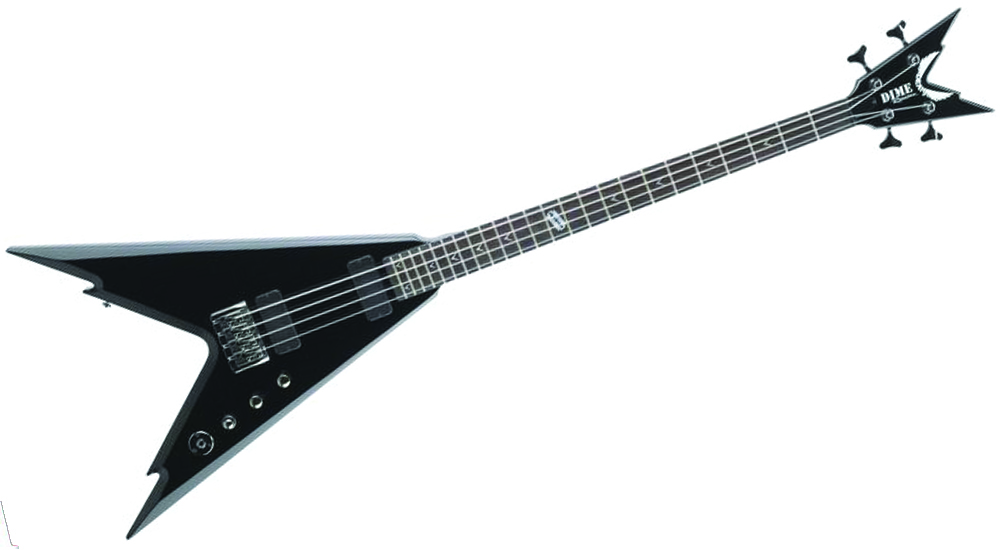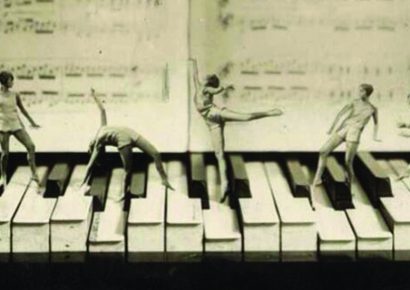Slightly more technical, Figure B develops things a little more rhythmically and harmonically. With an F# Minor sound it contains some cool syncopated rhythms that would sound great locking in with accents on the drums – double kick or snare come to mind as a start. Some long chord pads on keys or guitar would also create harmonic context whilst still leaving room for the rhythms to really groove. Similar to Figure A, this example probably works best at slower tempos around 80 BPM.
Figure C works as an A minor groove. Again, lots of quavers and semi quavers and rests. Note length is very important and often overlooked. The gaps in the phrases are just as important as the notes giving the riff room to breathe and emphasise the overall part. A quaver is worth half a beat, don’t let it ring for a whole crotchet. I know this can sound pedantic and in very complicated passages or sections with short rests it can be tough to articulate, but great players do this and are aware of the need to do so. You might need to experiment with muting from both hands and also try moving open strings to fretted notes, or vice versa, to make the sound/riff work for you if you’re having trouble with the particular way something is notated.
Lastly, for now try playing through Figure D. G minor-ish in sound, it includes some accidentals along with rhythmic variation to mix things up a little. Experiment with different fingerings to find what is most comfortable and workable for yourself, and of course the suggested TAB is exactly that, a suggestion. Try moving some of the arpeggios if needed and a range of tempos will test you out – especially with semi quavers.
As there is so much music out there that utilises big guitar/bass riffs, it’s impossible to triangulate any single example that highlights these sounds. But in modern-ish heavy context, artists like Rage Against The Machine, Tool and Periphery all seem to incorporate lots of rhythm and riffs, whilst Dream Theatre and Virgil Donati also apply them, although in a slightly more prog rock/metal/fusion setting. Give it a shot, and see what you think.











